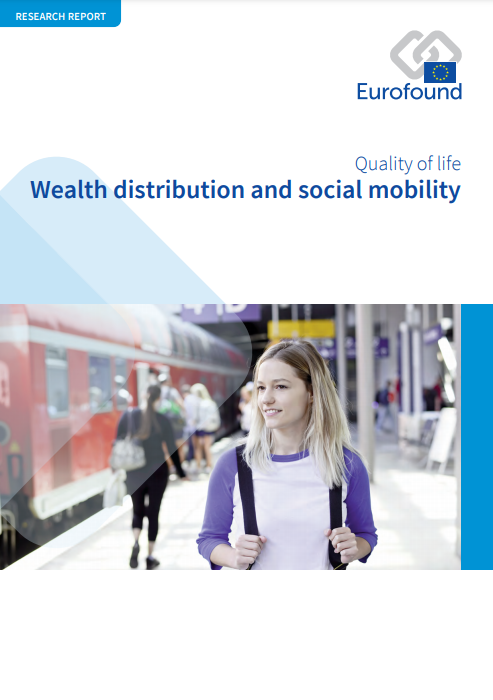Blog Post


Who is suffering most from rising inflation?
The lowest income households are suffering disproportionally from the current inflation increase, with rising energy prices the main culprit.
Blog Post


The lowest income households are suffering disproportionally from the current inflation increase, with rising energy prices the main culprit.
Blog Post


Confronted with COVID-19, high-income Gulf countries have done better than most of their middle- and low-income neighbours; Jordan and Morocco are also positive exceptions.
External Publication

This report explores the distribution of household wealth in the EU Member States and analyses the role of wealth in social mobility.
Working Paper

Less-educated workers have suffered most from job losses in the COVID-19 pandemic, and it is quite likely there was a significant increase in European Union income inequality in 2020.
Blog Post

Nearly 100 million people in 21 EU countries do not have enough savings in their bank accounts to meet two months of basic expenses: food, utilities, rent or mortgage. Those born outside the EU are especially at risk. Government support is thus fundamental to help individuals withstand the COVID-19 crisis.
Blog Post

The EU cannot meet its ‘poverty’ targets, because the main indicator used to measure poverty actually measures income inequality. The use of the wrong indicator could lead to a failure to monitor those who are really poor in Europe, and a risk they could be forgotten.
Blog Post

Since their accession to the EU 15 years ago, the incomes of most central Europeans have increased faster than the incomes of longer-standing members and, thereby, they moved upwards in the EU distribution of income. Yet the very poorest people have not progressed in some countries.
Blog Post

Over the past decade, the income share of low earners has increased in the EU while that of top earners has slightly declined. Although the upward convergence of the impoverished central European population is impressive, the southern European poor have faced a major setback while the southern European rich have hardly suffered.
External Publication
Why is it so hard to reach the Europe 2020 ‘poverty’ target? What does the poverty indicator actually measure? Why was the Lisbon strategy goal of tackling poverty a failure? Zsolt Darvas analyse the data to show how the Europe 2020 strategy’s poverty indicator essentially measures income inequality, not poverty.